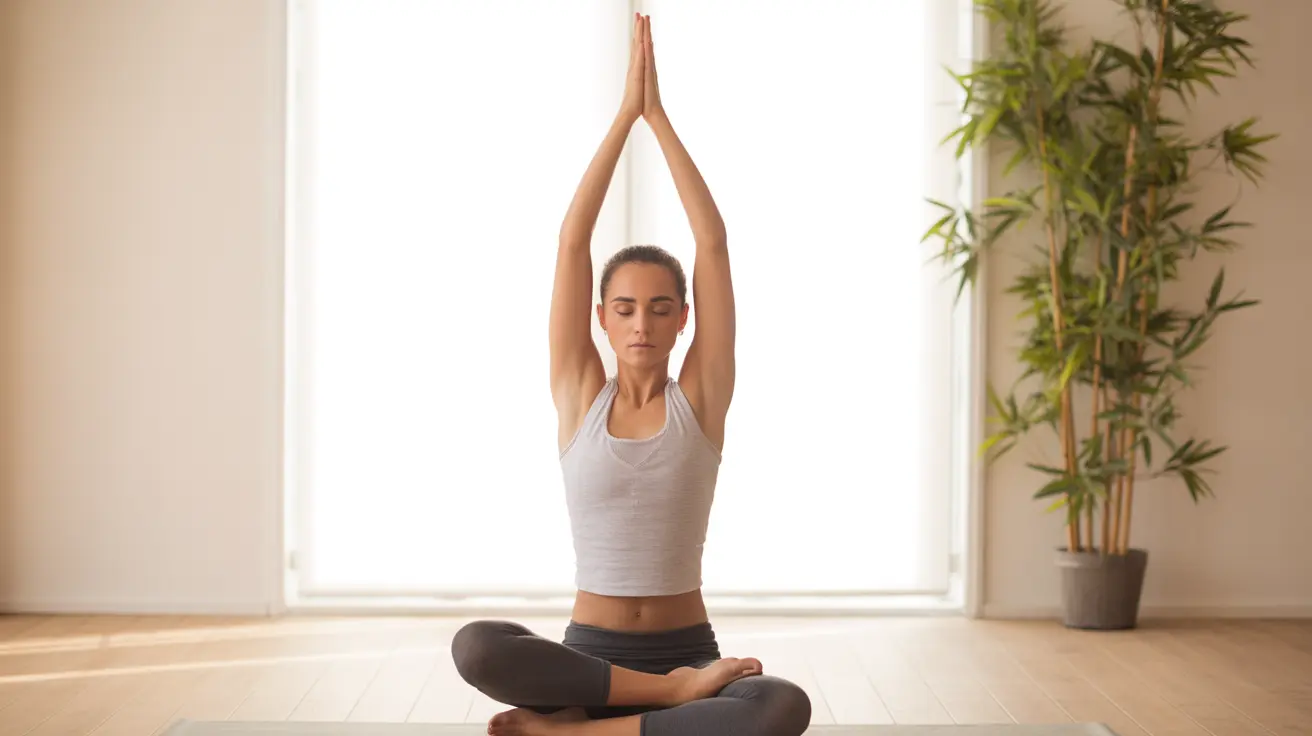Living with asthma can be challenging, but incorporating yoga into your wellness routine might offer significant relief. This ancient practice combines gentle physical movements, breathing exercises, and mindfulness techniques that can help improve respiratory function and overall well-being for people with asthma.
Understanding how yoga can benefit asthma management is crucial for those seeking complementary approaches to their traditional treatment plans. Let's explore the various aspects of yoga practice that can help asthmatics breathe easier and maintain better control over their symptoms.
Understanding the Yoga-Asthma Connection
Yoga's potential benefits for asthma stem from its focus on controlled breathing and gentle movement. The practice helps strengthen respiratory muscles, improves lung capacity, and teaches practitioners to breathe more efficiently. Additionally, yoga's stress-reducing effects can help prevent anxiety-triggered asthma symptoms.
Key Benefits of Yoga for Asthma Management
Regular yoga practice offers several specific advantages for people with asthma:
- Improved breathing technique and lung capacity
- Enhanced respiratory muscle strength
- Reduced stress and anxiety levels
- Better posture, which supports optimal breathing
- Increased body awareness and early symptom recognition
Essential Yoga Poses for Asthma Relief
Standing Poses
These poses help open the chest and strengthen the core while maintaining steady breathing:
- Mountain Pose (Tadasana)
- Standing Forward Bend (Uttanasana)
- Triangle Pose (Trikonasana)
Chest-Opening Poses
These asanas specifically target chest expansion and respiratory function:
- Cobra Pose (Bhujangasana)
- Bridge Pose (Setu Bandha Sarvangasana)
- Fish Pose (Matsyasana)
Breathing Techniques (Pranayama)
Specific breathing exercises can be particularly beneficial for asthmatics:
Diaphragmatic Breathing
This fundamental technique strengthens the diaphragm and promotes efficient breathing patterns. Practice this by lying on your back and focusing on belly breathing.
Alternate Nostril Breathing
This calming practice helps balance the nervous system and improve respiratory control. It should be practiced when breathing is stable and clear.
Safety Guidelines for Asthmatic Practitioners
While yoga can be beneficial, safety should always come first:
- Always keep rescue medication nearby
- Start with gentle practices and progress gradually
- Practice in a clean, well-ventilated environment
- Stop immediately if experiencing any distress
- Inform your yoga instructor about your condition
Frequently Asked Questions
How can yoga help improve breathing and manage asthma symptoms?
Yoga helps manage asthma symptoms by strengthening respiratory muscles, teaching proper breathing techniques, and reducing stress. Regular practice improves lung capacity and promotes better oxygen utilization, making breathing more efficient.
What are the best yoga poses and breathing exercises for people with asthma?
The most beneficial poses include chest-opening positions like Cobra Pose and Bridge Pose, along with gentle standing poses. Pranayama techniques like diaphragmatic breathing and alternate nostril breathing are particularly helpful when practiced regularly.
Is yoga safe for people with severe asthma or frequent asthma attacks?
Yoga can be safe for people with severe asthma when practiced with proper precautions. It's essential to consult with healthcare providers first, start gradually, and work with qualified instructors who understand asthma management.
Can practicing yoga reduce the need for asthma medication or prevent asthma attacks?
While yoga can complement traditional asthma treatment, it should not replace prescribed medications. Regular practice may help reduce the frequency of attacks and improve overall symptom management, but always maintain your prescribed medical regimen.
How often should someone with asthma practice yoga to see benefits?
For optimal results, aim to practice yoga 3-4 times per week, starting with 15-20 minute sessions and gradually increasing duration. Consistency is more important than length of practice, and daily gentle breathing exercises can be particularly beneficial.




